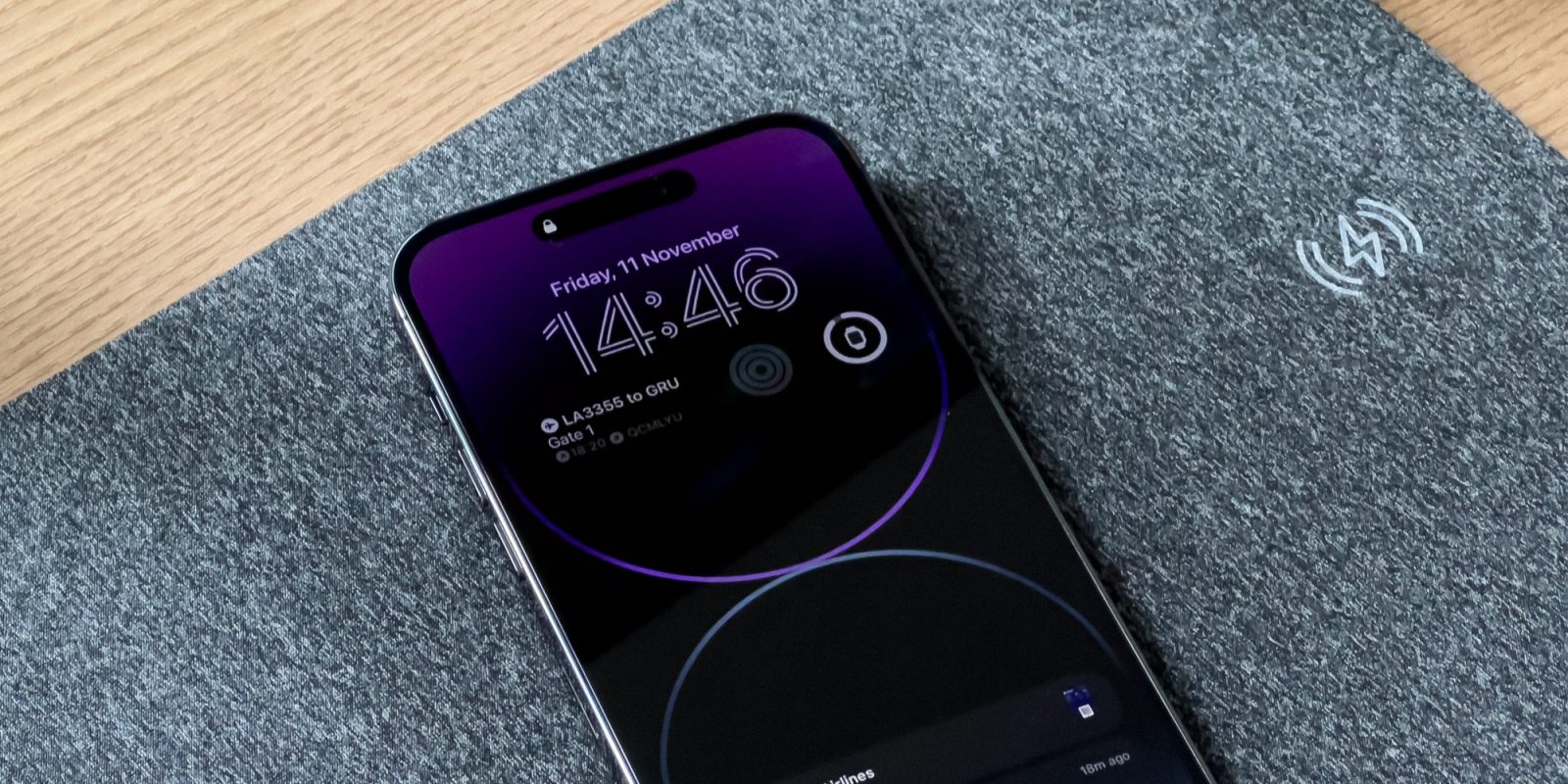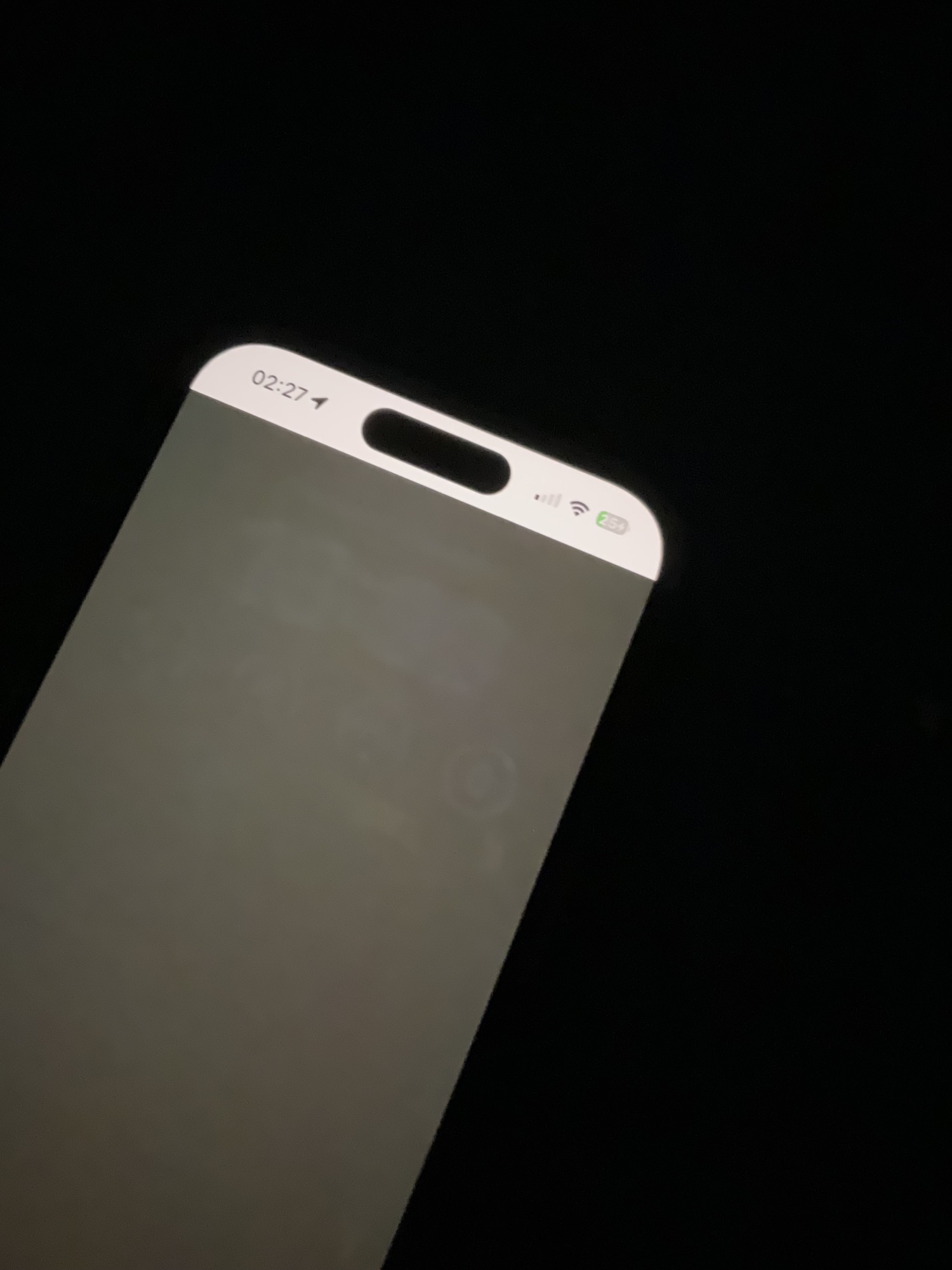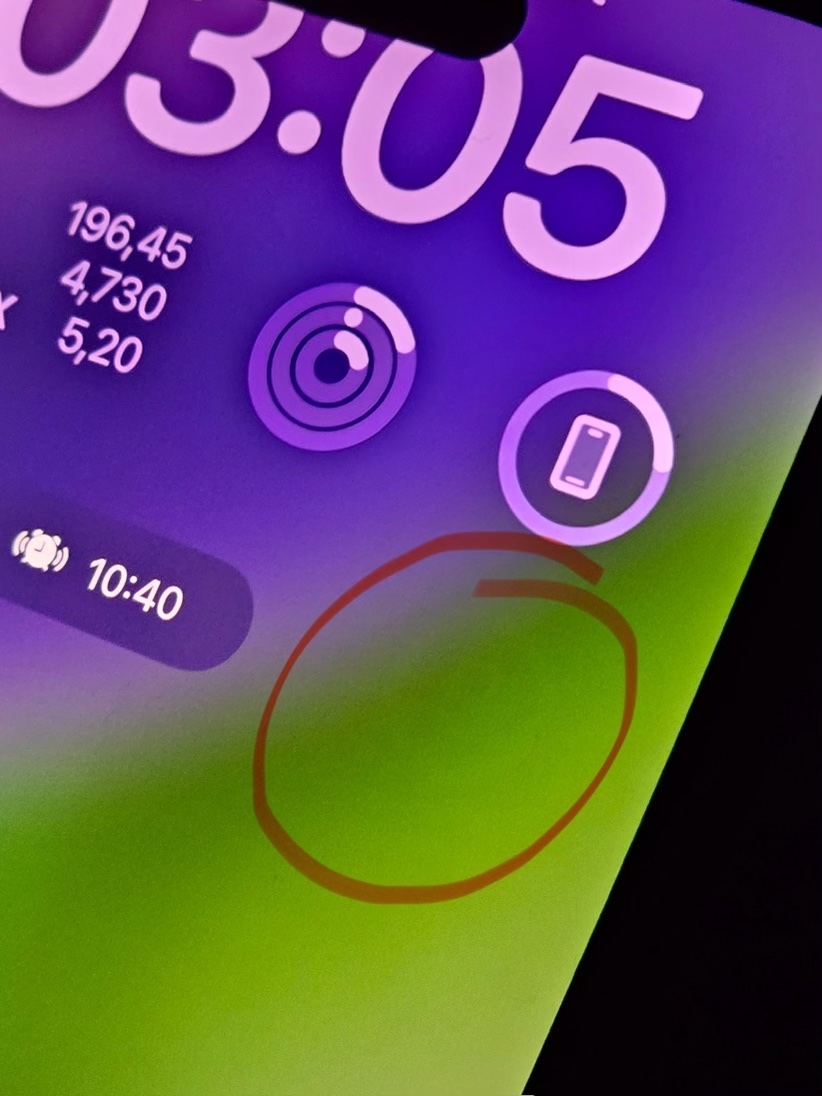
A few weeks ago, I wrote about my experience downgrading from an iPhone 14 Pro Max to an iPhone 11 Pro Max. Although it was a fun experiment, I did it because the display on my 14 Pro Max suffered a burn-in. After this event, I decided to do some research and discovered that more people have been experiencing this same issue. And of course, I also want to know what our readers have to share about it.
OLED and burn-in
Apple began transitioning from LCD to OLED displays on the iPhone in 2017 with the iPhone X. Now, except for the iPhone SE, every iPhone model sold by Apple has an OLED display. And OLED panels have some great advantages over LCD, such as better contrast due to the fact that the pixels are illuminated individually. This results in deeper blacks and better dynamic range.
But OLED panels also have some downsides. They tend to be less bright and have less color accuracy than LCD panels. As we all know, Apple has managed to get around these drawbacks by creating a custom OLED panel. But even so, OLED is still susceptible to one big issue, and that’s burn-in.
Because of the way OLED displays are built, they can retain parts of an image shown on the screen for long periods of time. This isn’t a problem when the elements on the screen are constantly moving, but it can be concerning when there’s a fixed element in the scene.
For example, OLED TV owners may notice burn-in when they tend to watch the same TV channel for hours. The panel ends up retaining things like the channel logo. On smartphones, retention usually happens with fixed elements, such as icons displayed in the Status Bar. Luckily, there are a few ways to avoid burn-in.

How most phones avoid burn-in
On some Android phones, the system slightly moves the elements on the screen so that they’re never exactly in the same place. Some phone manufacturers do this more aggressively, such as Samsung – where the clock on the Lock Screen is always in a different position.
Apple has never explicitly confirmed that iOS moves the elements on the screen to avoid burn-in, although there’s evidence of this in the iOS code (but it’s nothing as aggressive as what Samsung does). However, the company has implemented some other measures to prevent burn-in on the iPhone’s display, such as reducing the default auto-lock time to 30 seconds instead of one minute.
On its website, Apple confirms that OLED panels are susceptible to burn-in when “same high-contrast image is continuously displayed at high brightness for prolonged periods of time.” The company also claims that the iPhone has “special algorithms” to monitor the usage of each individual pixel in order to adjust brightness levels automatically and avoid burn-in.
iPhone 14 Pro and Always-on display
Unsurprisingly, there have always been a few incidents of iPhones with burn-in here and there since the iPhone X, but it never seemed to be a widespread issue.
But something has changed with the iPhone 14 Pro. The latest iPhones have an Always-on display, which reduces the refresh rate to 1Hz when the phone is not in use, so that certain interface elements such as the time and widgets are always visible on the Lock Screen.
The Always-on feature on the iPhone has always been somewhat controversial. When it was launched, the user’s wallpaper was also always visible, which annoyed some users. With a software update, Apple has added the option to hide the wallpaper when the iPhone is locked. Even so, the other elements are still very bright and prominent on the screen.
Top comment by Manbearpig
This is the exact reason I’m not buying an oled iPad. iPhones have much less static elements on screen compared to an iPad. Especially an iPad Pro where users may tend to be in a particular app for more than the rest.
Personally, I’ve always used the Always-on feature with no wallpaper. And for months, this seemed totally fine, until I noticed that the Lock Screen elements were burned into the display.
In my case, I could clearly see a shadow of the widgets I have on the Lock Screen when there was a white or gray background. While searching on Reddit, I found other reports of burn-in issues related to the Always-on display. Luckily, Apple replaced my iPhone with a new one, although it didn’t acknowledge that burn-in is a common issue affecting iPhone 14 Pro users.


Did you ever notice any burn-in issues?
I can’t say that every iPhone 14 Pro suffers from burn-in. But I’m really curious to know if our readers have also experienced it with the latest iPhones.
Let me know in the poll below and also in the comments section.
FTC: We use income earning auto affiliate links. More.


Comments